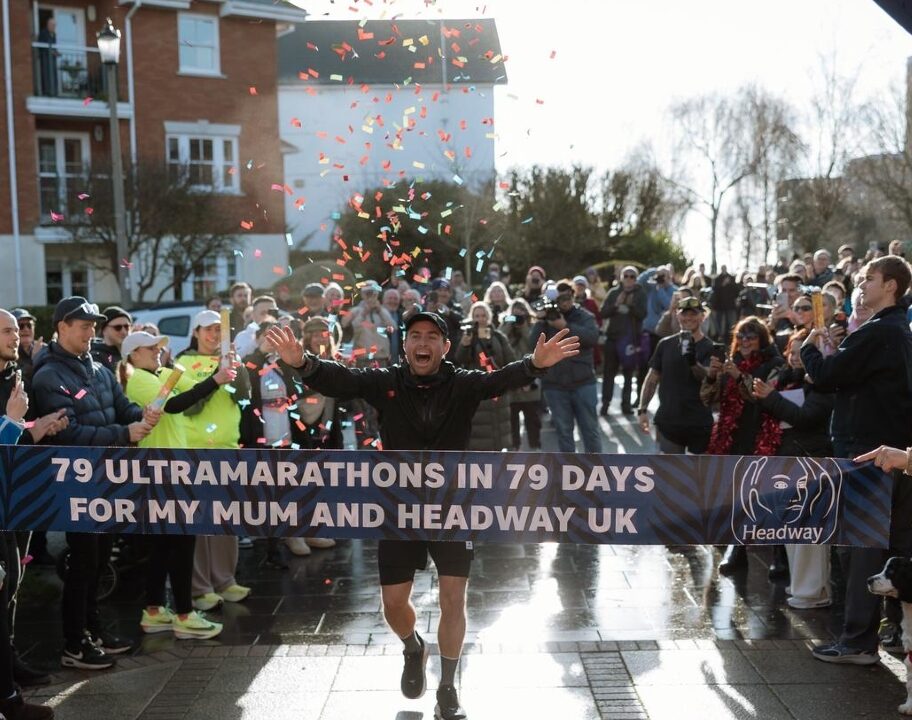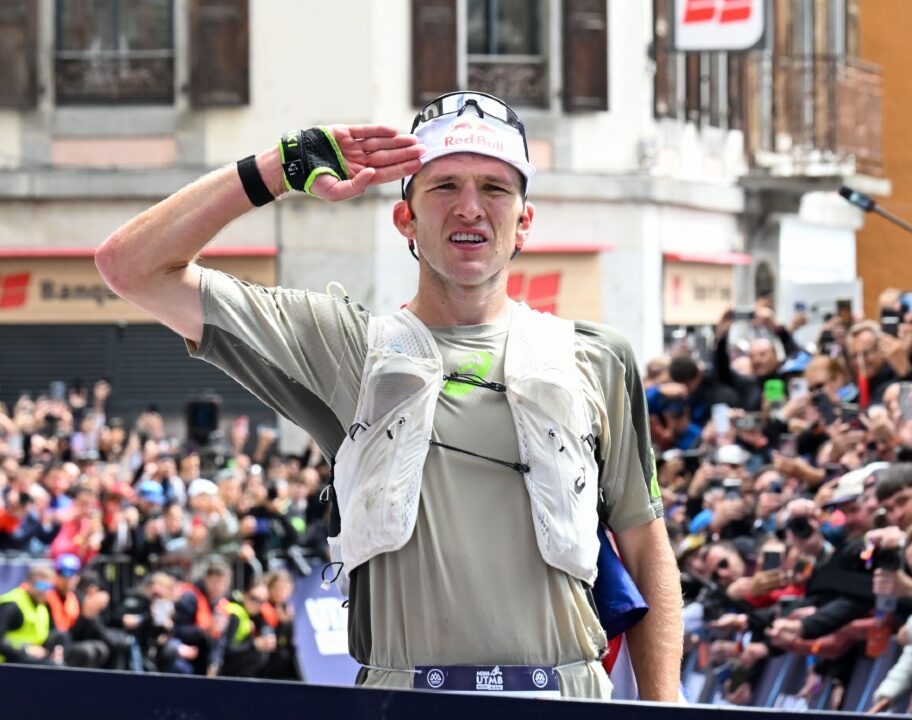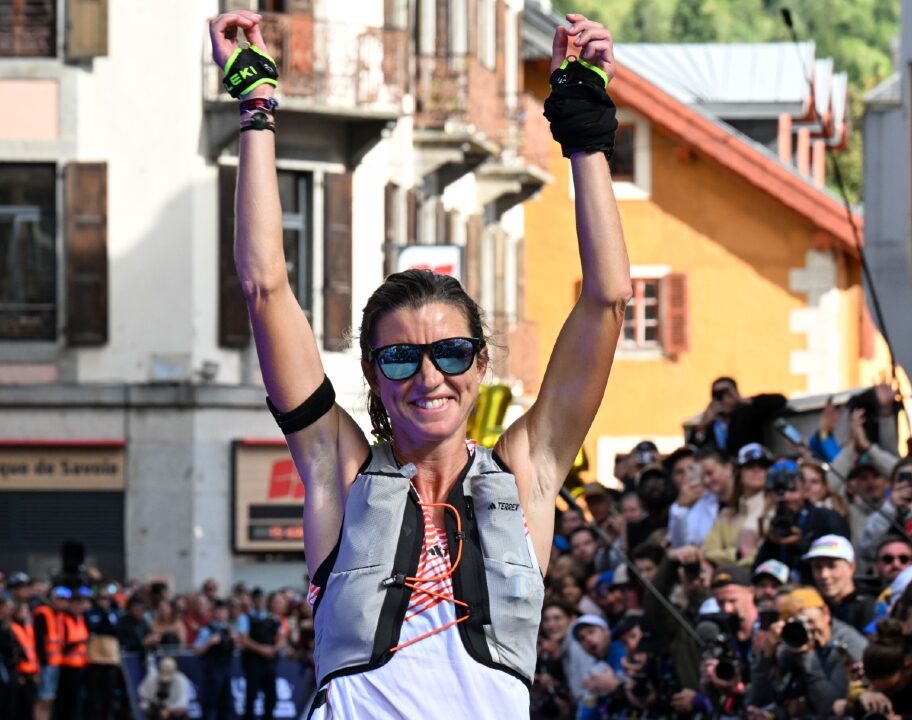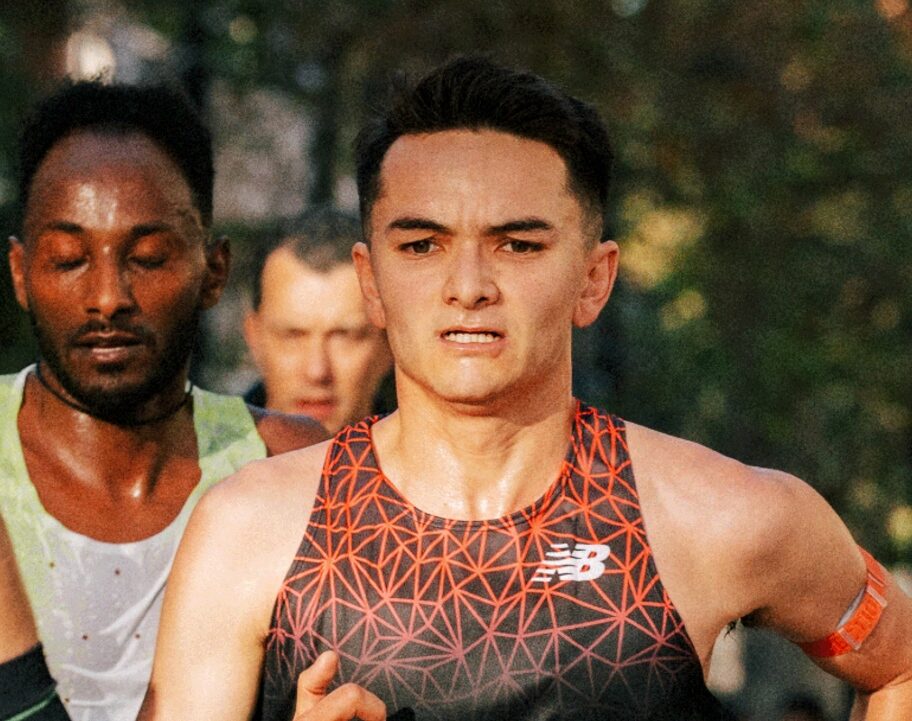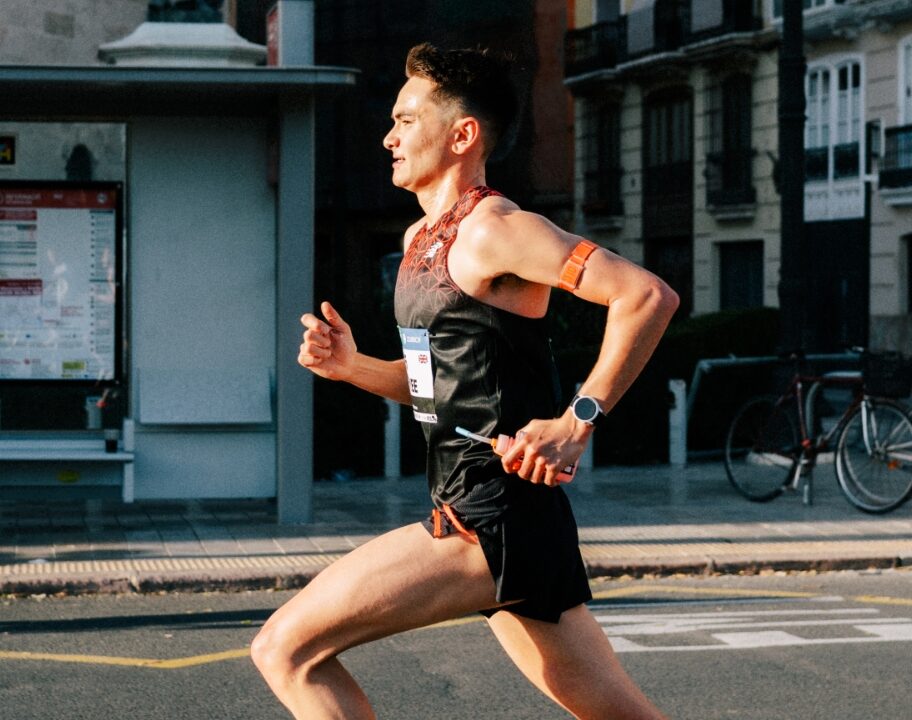The Badwater Ultramarathon, also known as the Badwater 135, is an ultramarathon which describes itself as “the world’s toughest footrace” and acts as the 135-Mile World Championship.
It takes place in California’s Death Valley, starting at the Badwater Basin – which at 85m is the lowest elevation point in North America – in mid-July, when temperatures are at their highest in the area.
The course is 135 miles long, taking in three mountain ranges for a total of 4450m of elevation gain between the start and finish, which comes at Whitney Portal.
Date, start time and live tracking
The 2024 Badwater 135 will take place between Monday, July 22 and Wednesday, July 24.
The full start list, live timing and more are available here.
There is an overall race cut off of 48-hours, which changes with which start runners were in.
For live videos, you can check out Badwater’s Facebook page here.
Badwater 135 Route
Starting at Badwater Basin, the 135mile route has a total elevation gain of 4,450m and a total descent of 1,859m.
The route takes runners across three mountain ranges and has three predominant mountain climbs; up to Towne Pass, Father Crowley and to the finish at Whitney Portal, which results in a brutal end to the race.

Along the way there are eight time checkpoints. These are at Furnace Creek Ranch, Stovepipe Wells, Towne Pass, Panamint Springs Resort, Father Crowley’s Turnout, Darwin Turn-Off, Keeler, Lone Pine and Portal Road.
The main town which plays host the runners and the Badwater Ultramarathon event is Lone Pine, which is around a four-hour drive from the start line at Badwater Basin.
Badwater 135 facts, tips and FAQs
The race has its origins in other planned races and challenges to run between the lowest point in the US, the Badwater Basin, and the highest point in the continental US, Mount Whitney.
It was first run by Al Arnold in 1977, after failed attempts in 1974, 1975 and 1976. It took him 84 hours to reach the summit of Mount Whitney.
It became an organised event in 1987, but two years later the race was shortened to its current format as the Badwater 135 due to the difficulty in obtaining the required permits for runners to run up to the peak of Whitney.
American ultrarunner and former US Navy SEAL David Goggins has completed the race on three occasions, finishing third in 2007.
The event is also part of the Badwater Ultra Cup, which comprises of the Badwater Cape Fear in March, the Badwater Salton Sea in late April then the and Badwater 135 in July.
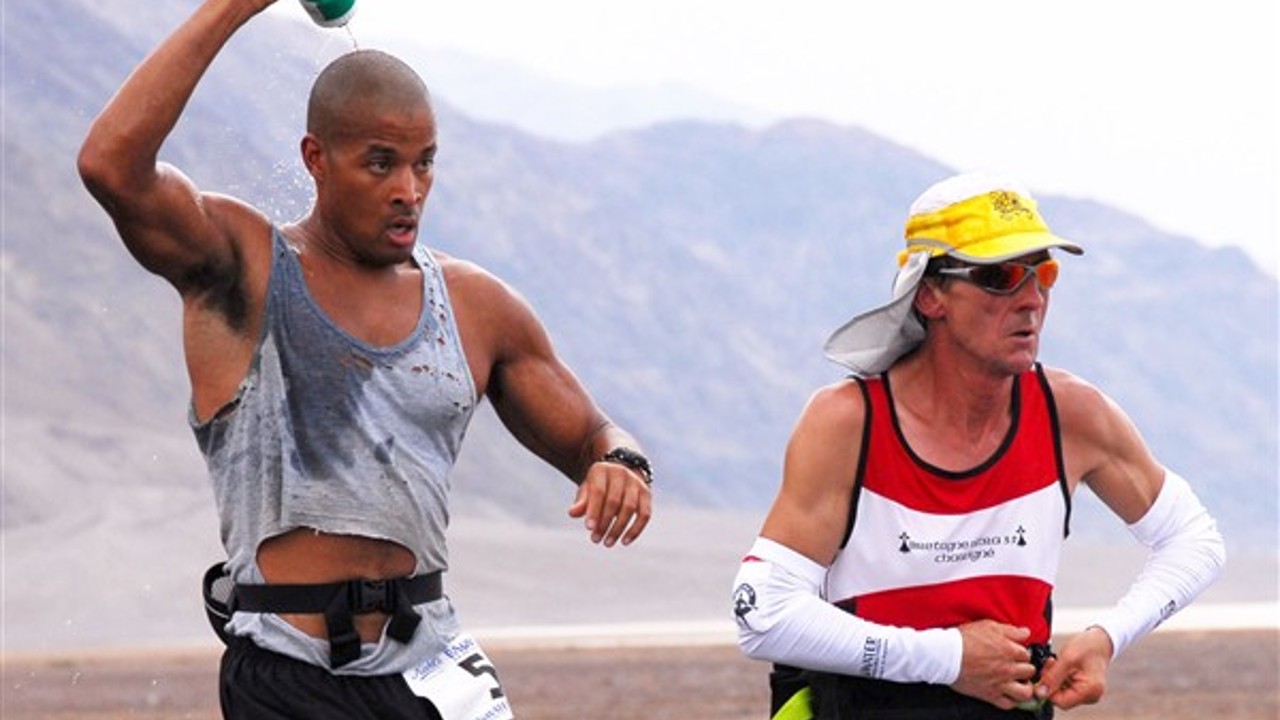
How to qualify and enter Badwater 135
The Badwater 135 has a start-list of around 105, with 100 expected to be on the start line.
As an invitational race, entrants must apply for one of the limited spots available. There are a set of minimum entry qualification rules, which are generally increased each year. For the 2024 race these entry requirements, of which one at least must be met, are:
- You have officially finished the Badwater 135 at least once in 2021-2023 AND have completed at least one 50-mile or longer ultra running event between January 1, 2023 and the day you submit your 2024 application.
- You have officially finished the Badwater 135 between 1987 and 2019 AND have completed at least 100-mile or longer ultra running event between January 1, 2023 and the day you submit your 2024 application.
- You have officially finished at least FOUR ultra running races of 100 continuous miles or longer, at least one of them between January 1, 2023 and the day you submit your 2024 application. Additionally, you must have been running 100-mile or longer ultras for three years (your first 100 was in 2021 or earlier.) Note: Officially finishing the 81-mile BADWATER SALTON SEA race “counts” as a 100-mile race for this qualifying purpose.
There are a set of preferred qualifying races, spread throughout the world. The full list of which can be found HERE.
There are a limited number of guaranteed entry spots for the following:
- A limited number of ‘very qualified’ applicants can earn acceptance into the race in exchange for a $8000 donation to Challenged Athletes Foundation or Bald Head Island Conservancy.
- The male and female 51-mile race winners at BADWATER CAPE FEAR will be awarded guaranteed entry into the next year’s Badwater 135.
- The male and female winners at BRAZIL 135 will be awarded guaranteed entry into the same year’s, or next year’s (but not both years), Badwater 135.
- The men’s and women’s solo winners of the KEYS 100 in Florida will earn guaranteed entry into the next year’s Badwater 135.
- Additionally, the most recent men’s and women’s champions of the following races earn Guaranteed Entry into the next year’s Badwater 135:
- Angeles Crest 100
- Spartathlon
- Swiss Alps 100
- UTMB
- Western States 100
The Badwater 135 entry fee is $1595, but race entrants may have their entry fee reimbursed by raising at least $8000 for Challenged Athletes Foundation.
The 2024 Badwater 135 Ultramarathon application is available from January 9-24, 2024.

Badwater 135 records and past winners
The current record is held by Japanese ultrarunner Yoshihiko Ishikawa, who finished in a time of 21:33:01 in 2019.
The women’s record is held by Ashley Paulson, who finished the 135 mile route in 24:09:34 in 2022. She then bettered her time by over two hours when winning the race overall in 2023 in a time of 21:44:35.
Badwater 135 winners (past 20 years):
2002 – Men: Darren Worts (United States) 32:38:57. Women: Pam Reed (United States) 27:56:47
2003 – Men: Dean Karnazes (United States) 28:51:26. Women: Pam Reed (United States) 28:26:52
2004 – Men: Dean Karnazes (United States) 27:22:48. Women: Monica Scholz (Canada) 29:22:29
2005 – Men: Scott Jurek (United States) 24:36:08. Women: Pam Reed (United States) 30:29:55
2006 – Men: Scott Jurek (United States) 25:41:18. Women: Monica Scholz (Canada) 32:07:01
2007 – Men: Valmir Nunes (Brazil) 22:51:29**. Women: Lisa Bliss (United States) 34:33:40
2008 – Men: Jorge Pacheco (Mexico) 23:20:16. Women: Jamie Donaldson (United States) 26:51:33
2009 – Men: Marcos Farinazzo (Brazil) 23:39:18. Women: Jamie Donaldson (United States) 27:20:18
2010 – Zach Gingerich (United States) 24:44:48. Women: Jamie Donaldson (United States) 26:16:12**
2011 – Men: Oswaldo Lopez (Mexico) 23:41:40. Women: Sumie Inagaki (Japan) 28:49:27
2012 – Men: Mike Morton (United States) 22:52:55. Women: Sumie Inagaki (Japan) 29:53:09
2013 – Men: Carlos Alberto Gomes de Sá (Portugal) 24:38:16. Women: Catherine Todd (Australia) 29:55:29
2014 – Men: Harvey Lewis (United States) 23:52:55. Women: Alyson Venti (United States) 28:37:28
2015 – Men: Pete Kostelnick (United States) 23:27:10. Women: Nikki Wynd (Australia) 27:23:27
2016 – Men: Pete Kostelnick (United States) 21:56:32. Women: Alyson Venti (United States) 25:53:07
2017 – Men: Wataru Iino (Japan) 24:56:19. Women: Sandra Villines (United States) 34:34:43
2018 – Men: Michele Graglia (Italy) 24:51:47. Women: Brenda Guajardo (United States) 28:23:10
2019 – Men: Yoshihiko Ishikawa (Japan) 21:33:01*. Women: Patrycja Bereznowska (Poland) 24:13:24
2020 – Cancelled due to coronavirus pandemic
2021 – Men: Harvey Lewis (United States) 25:50:23. Women: Sally McRae (United States) 30:48:47
2022 – Men: Yoshihiko Ishikawa (Japan) 23:08:20. Women: Ashley Paulson (United States) 24:09:34
2023 – Men: Simen Holvik (Norway) 22:28:08. Women: Ashley Paulson (United States) 21:44:35*
*Denotes course record
Who is taking part at Badwater 135?
The race field is usually announced for Badwater 135 in February of the race year – although the announcement is occasionally delayed until March.
The race field will include 1/3 veteran runners coupled with 2/3 rookies competitors.
Badwater 135 kit list
There are a number of rules pertaining to the Badwater 135, but no ‘kit list’ as such.
These rules include:
- Competitors may not use walking sticks, ski poles, or the like.
- So-called ‘cooling vests’ or other types of artificial / technological cooling systems may not be worn or utilized by race entrants while making forward progress on the race course. (Ice, wet towels, water sprayers or misters, and such are fine and commonly used.)
- Neither competitors nor crew members may carry an umbrella or shade cover for a runner while the competitor is moving forward on the race course.
- Beginning immediately at the start line, competitors must not run abreast with other competitors or with pacers, except when passing a slower competitor, which must be done quickly. All running must be single-file. Additionally, pacers may not run in front of, even slightly, competitors at any time.
- The race number bib must be worn by the Competitor on the front of the body, unmodified, unfolded, and visible at all times during the race.

